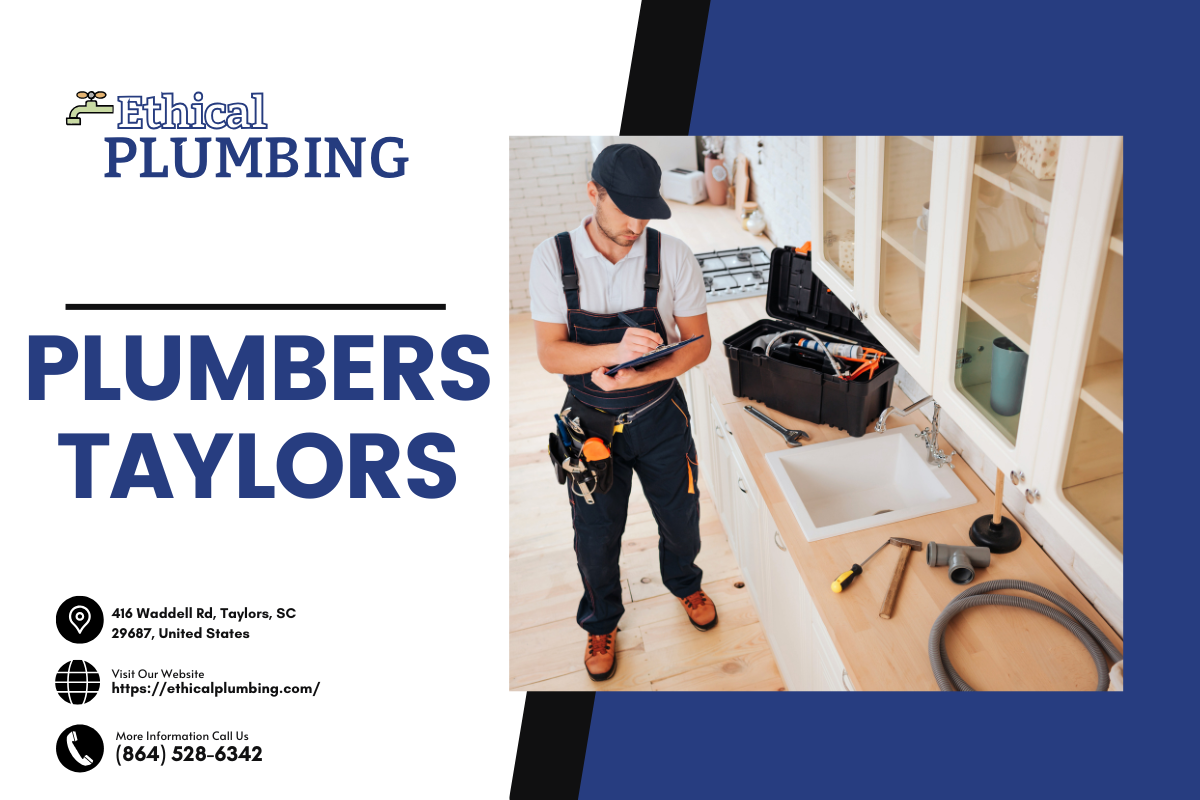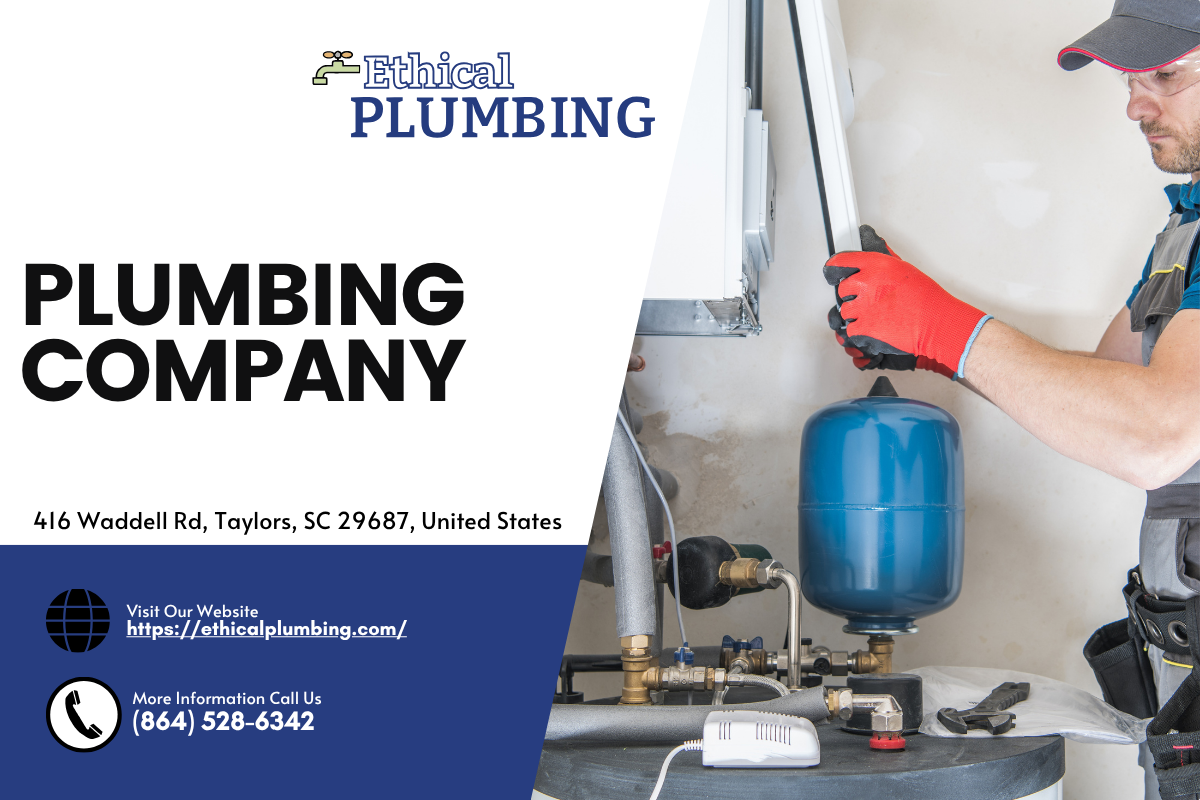


Introduction
Understanding your home's plumbing system can seem daunting at first. However, having a solid grasp of how water flows through your home and how waste is expelled can save you from numerous https://postheaven.net/tricuswrwa/the-hidden-costs-of-neglecting-your-homes-plumbing-system headaches down the road. Whether you're dealing with leaky faucets, clogged toilets, or just want to know more about your plumbing setup, this guide is here to help. With insights from plumbers and industry professionals, you'll gain the knowledge necessary to navigate your plumbing needs confidently.
What is Plumbing?
Plumbing refers to the system of pipes, fixtures, and fittings that facilitate the movement of water in and out of a building. It's crucial for providing clean water for drinking, cooking, and bathing while also safely removing wastewater. A well-functioning plumbing system relies on various components working together seamlessly.
Types of Plumbing Systems
There are primarily two types of plumbing systems in residential settings: supply systems and drainage systems.
Supply Systems
- Definition: This system delivers fresh water from a municipal source or well into your home. Components: Pipes (copper, PVC, PEX), valves, faucets, and fixtures.
Drainage Systems
- Definition: This system removes used water and waste from your home. Components: Sewer lines, drain pipes, traps, and vents.
Components of Residential Plumbing
To fully understand your home's plumbing system, it helps to recognize the key components involved:
Pipes
Pipes are the veins of your plumbing system. They come in various materials including:
- Copper: Durable but expensive. PVC: Lightweight and affordable. PEX: Flexible and easy to install.
Fixtures
Fixtures include everything that uses water such as sinks, showers, toilets, and bathtubs.
Valves
Valves control the flow of water. Knowing where these are located can be invaluable during emergencies.
Traps
Traps prevent sewer gases from entering your home by holding a small amount of water.
Understanding Water Supply Lines
Water supply lines are essential for bringing fresh water into your home. Let's break down their features:
Main Line
The main line connects your house to the municipal water supply or well.
Branch Lines
Branch lines distribute water throughout different areas in your home.
Understanding Drainage Systems
Drainage systems carry wastewater away from your home. Their operation involves several critical components:
Soil Stack
This vertical pipe carries waste from bathrooms to the sewer line.
Vent Stack
The vent stack allows air into the drainage system to keep it flowing smoothly.
Common Plumbing Problems
Even with a solid understanding of plumbing systems, issues can arise. Here are some common problems homeowners face:
- Leaky Faucets Caused by worn washers or seals. Clogged Drains Often due to hair or grease buildup. Running Toilets Usually caused by faulty flappers or fill valves.
DIY Plumbing Tips for Beginners
While many plumbing issues require professional help from plumbers Taylors or other local services, some basic fixes can be done yourself:
Fixing Leaky Faucets- Turn off the water supply. Remove the handle. Replace worn washers or O-rings.
- Use a plunger for minor clogs. For stubborn blockages use a drain snake.
- Insulate exposed pipes during winter months. Keep cabinet doors open under sinks on cold nights.
How to Find Reliable Plumbers Near Me
When faced with significant plumbing issues that require professional intervention, finding reliable plumbers is essential:
Online Reviews- Check platforms like Yelp or Angie's List for customer feedback.
- Friends or family may have suggestions based on their experiences.
- Ensure they’re licensed and insured before hiring any plumbing services Taylors.
The Importance of Regular Maintenance
Regular maintenance is crucial for extending the lifespan of your plumbing system:
Schedule annual inspections with a reputable plumbing company. Address small issues before they escalate into major repairs.Eco-Friendly Plumbing Solutions
Going green doesn’t just benefit the environment; it can also save you money on utility bills:
Install low-flow fixtures. Consider tankless water heaters for energy efficiency.Emergency Plumbing Situations
Knowing how to react in an emergency can save you time and money:
Shut off the main valve if you have flooding. Call an emergency plumber immediately if there’s extensive damage.FAQ Section
Q1: How often should I get my plumbing inspected?
A1: It’s recommended to have an inspection at least once a year to catch potential issues early on.
Q2: Can I repair my own leaky faucet?
A2: Yes! Most leaky faucets can be repaired with basic tools after turning off the water supply.
Q3: What should I do if my toilet overflows?
A3: Quickly shut off the water supply valve behind the toilet before cleaning up any spills.
Q4: How do I know if I need a new hot water heater?
A4: If you notice rusty water or inconsistent hot water supply, it may be time for replacement.
Q5: Are there any signs that indicate clogged drains?
A5: Slow draining sinks or strange gurgling noises can be indicators of clogged pipes needing immediate attention.
Q6: What kind of warranties should I look for when hiring plumbers?
A6: Look for warranties covering labor and parts; reputable companies usually provide guarantees on their work.
Conclusion
In summary, understanding your home's plumbing doesn't have to feel overwhelming! With this beginner's guide in hand—alongside regular maintenance checks—you'll empower yourself against common problems while knowing when it's time to call in experts like local plumbers Taylors or trusted plumbing services Taylors near you! Investing time now into learning about these systems will pay off tremendously in peace of mind later on!
This comprehensive guide aims not only to inform but also inspire confidence as you navigate through understanding your home's intricate yet fascinating world of plumbing!